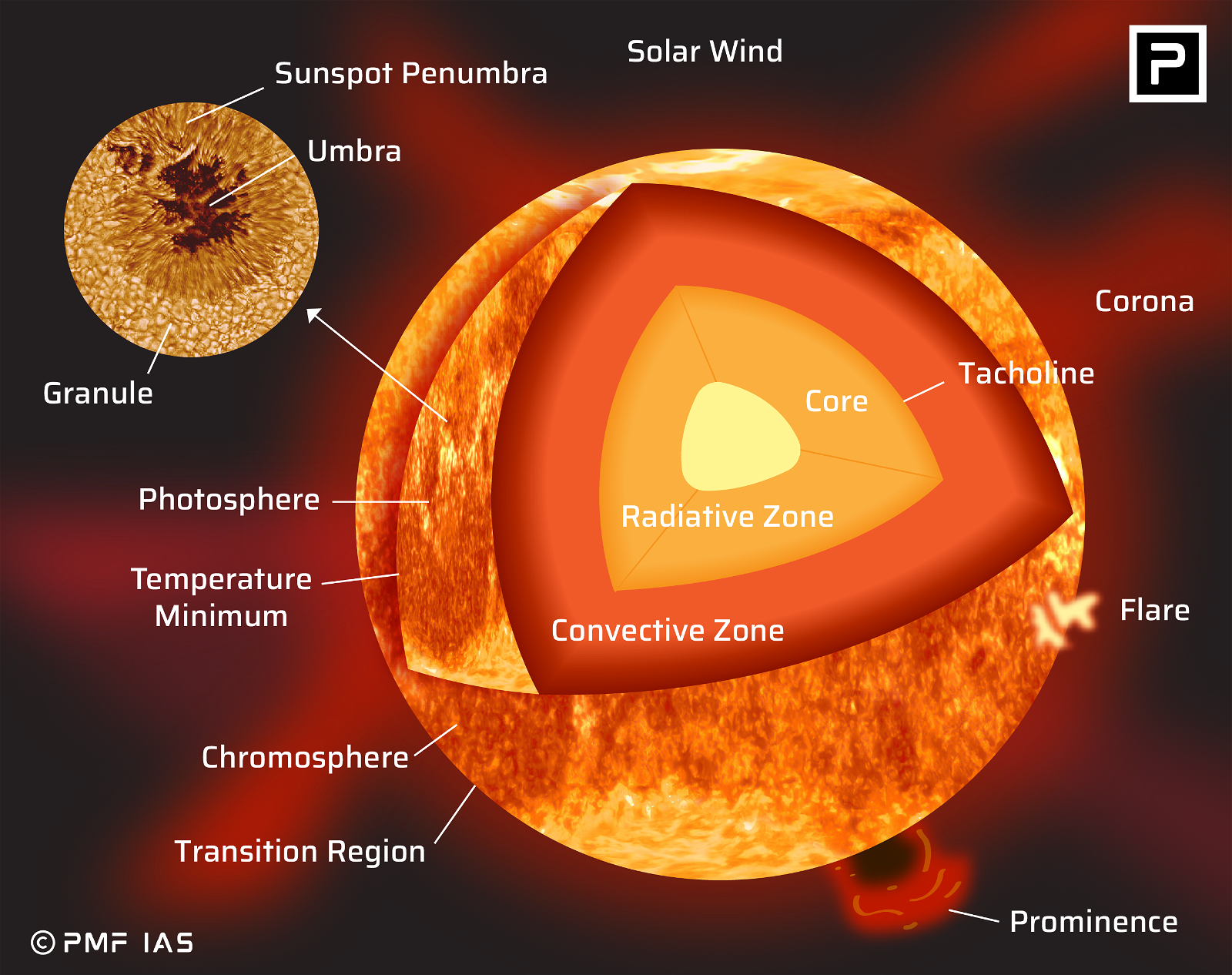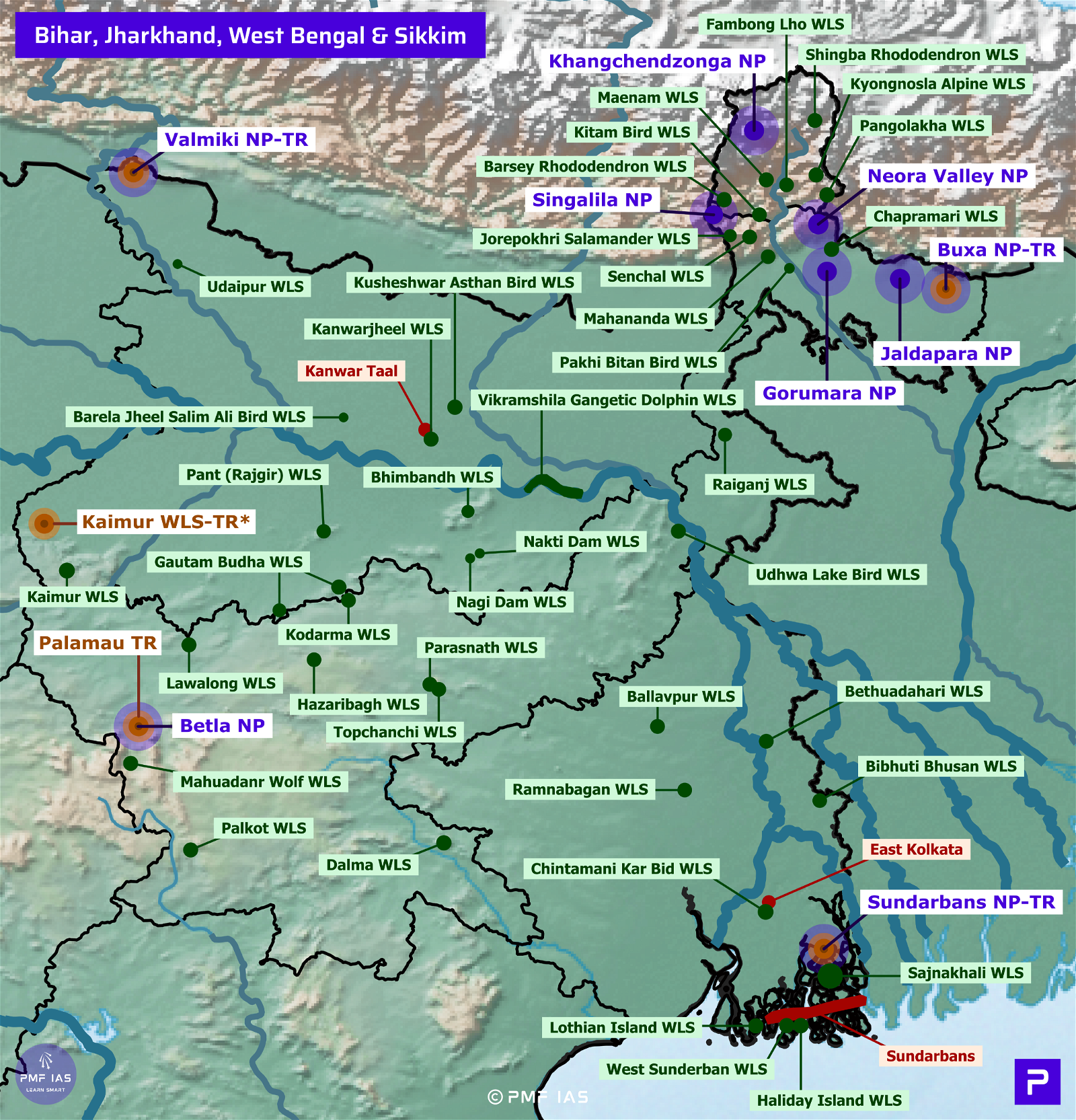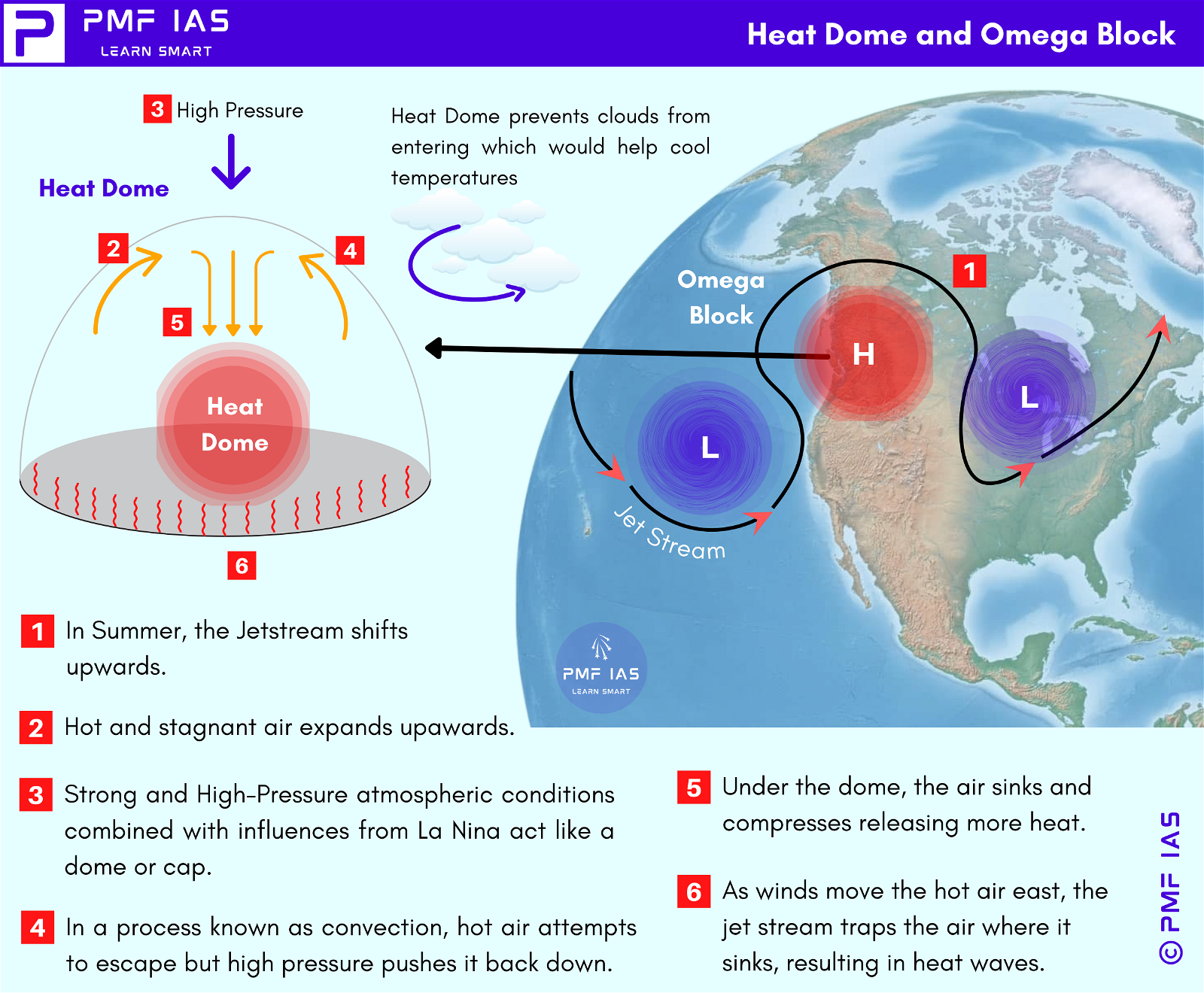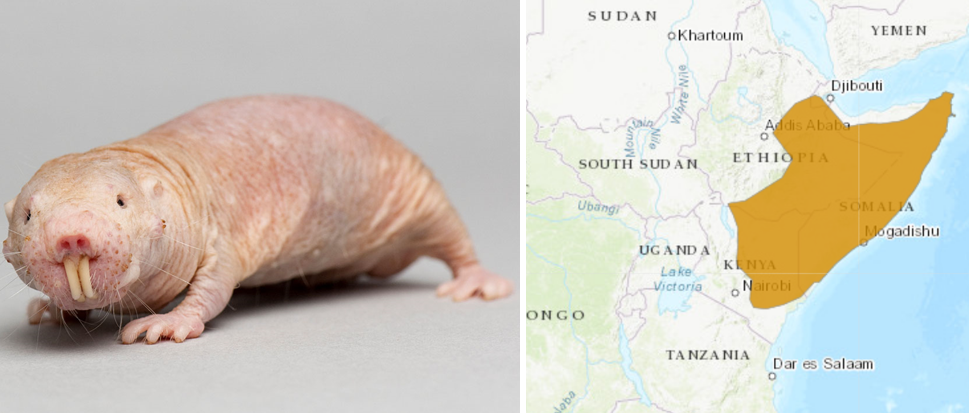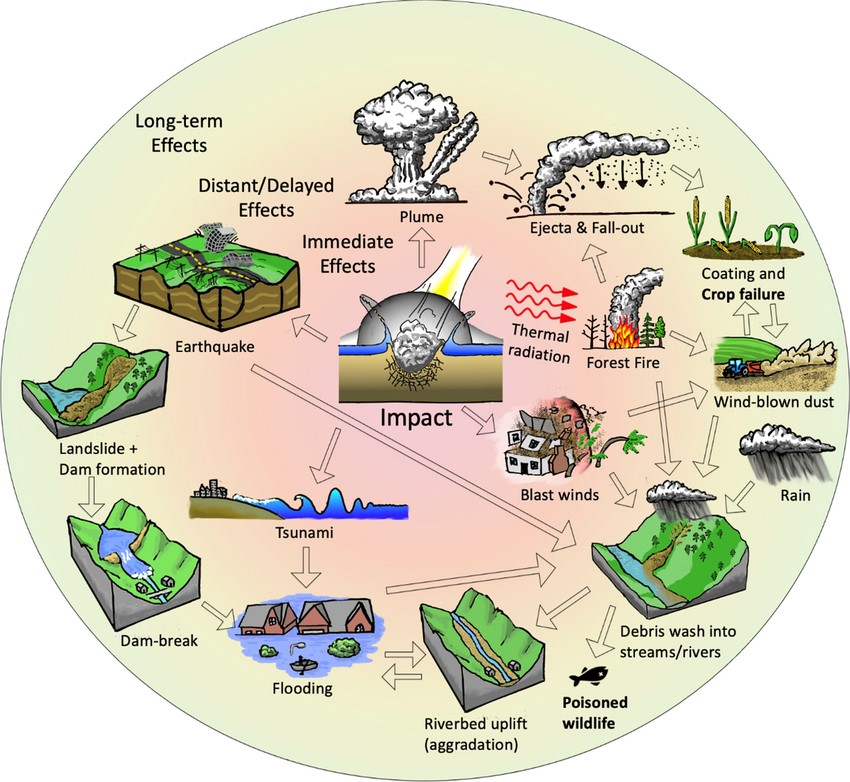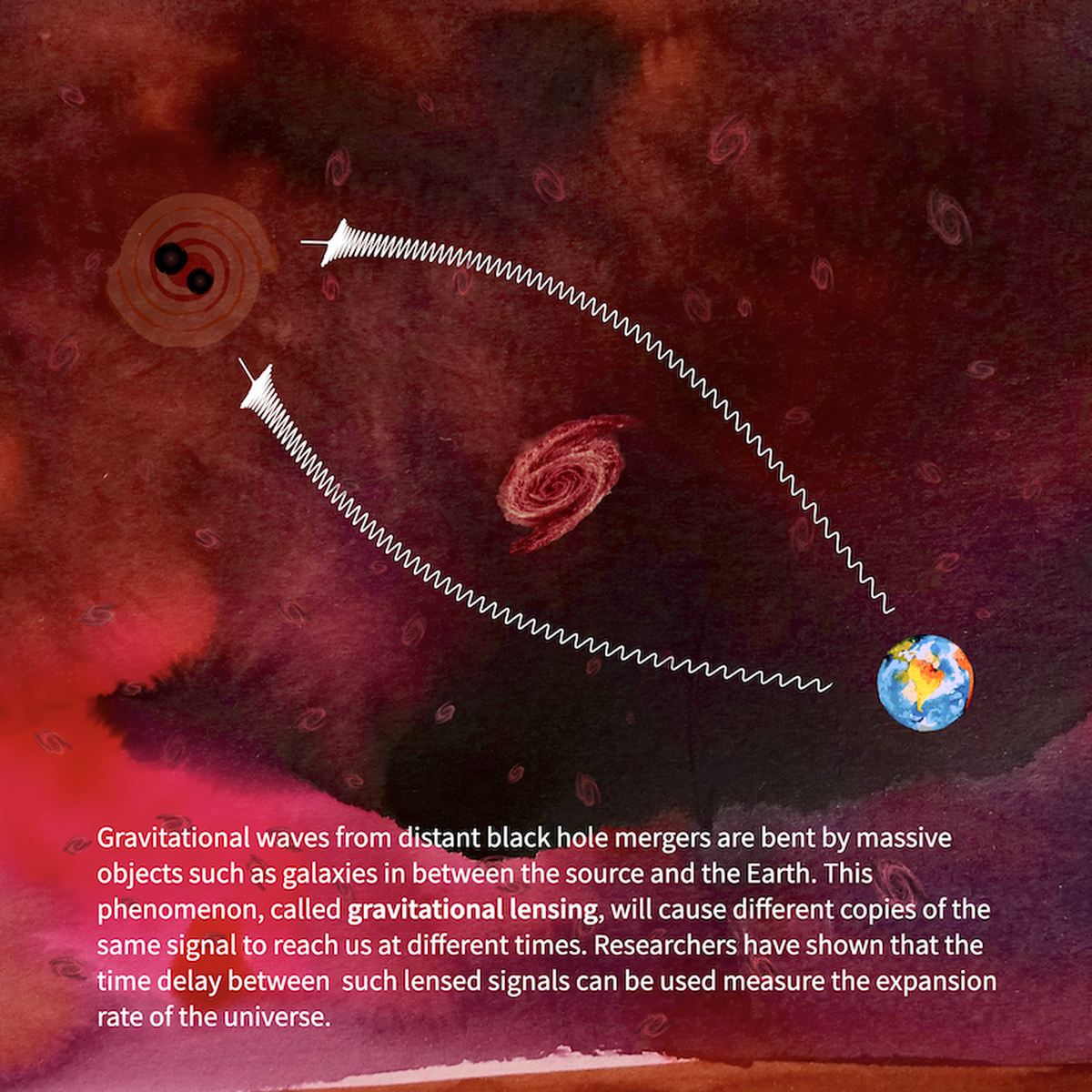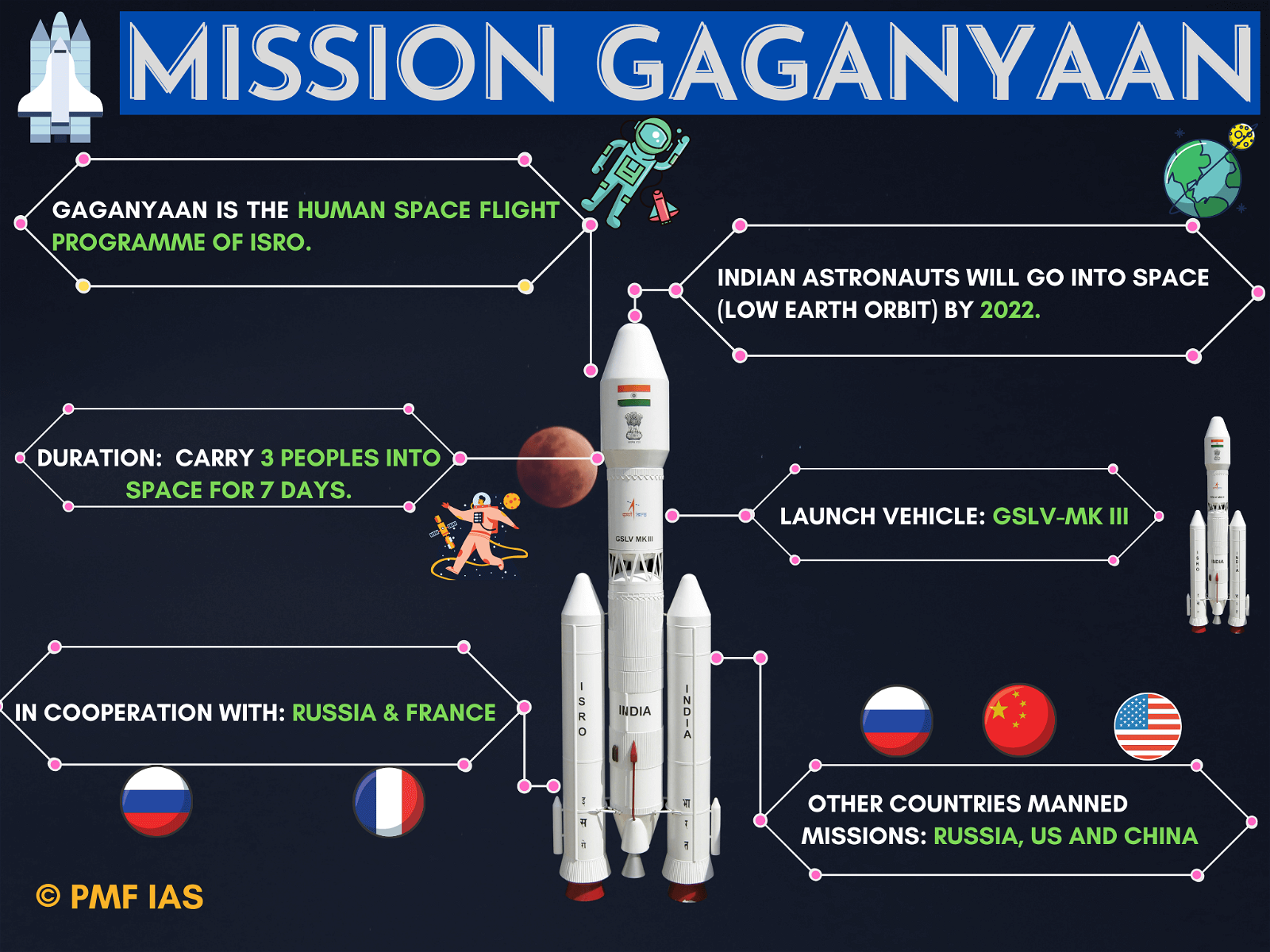
Current Affairs September 03-04, 2023: Aditya-L1 Mission, DIKSHA, Urban Infrastructure Development Fund (UIDF), One Nation One Election (ONOE)
Subscribers of "Current Affairs" course can Download Daily Current Affairs in PDF/DOC
Subscribe to Never Miss an Important Update! Assured Discounts on New Products!
Must Join PMF IAS Telegram Channel & PMF IAS History Telegram Channel
{GS2 – MoE – Initiatives – 2023/09/04} DIKSHA
- Context (TH): The National e-Governance Division (NeGD) of the Ministry of Electronics and Information Technology (MeitY) is planning to integrate Personalised Adaptive Learning into its existing DIKSHA platform.
- Personalised Adaptive Learning is a software-based approach that aims to provide each student with an individualized learning experience based on their unique needs and abilities.
DIKSHA (Digital Infrastructure for Knowledge Sharing)
- DIKSHA is a platform for school education, an initiative of NCERT, under the Ministry of Education.
- It offers engaging learning material to teachers, students and parents in 35 plus languages.
- It features digitised NCERT textbooks used by national and State Boards.
- It also has embedded assistive technologies for learners with visual or hearing impairments.
- However, DIKSHA is a static content repository.

DIKSHA and Personalised Adaptive Learning (PAL)
- The NCERT has sought MeitY’s expertise in facilitating the PAL’s integration into DIKSHA.
- In an example of how it works, if a student of Class 9 is learning the Pythagoras theorem and makes a calculation mistake, the AI learning system flags it and loops the student back to a basic video of how to make the calculation.
- In some States, private players are already administering the PAL, which works on Artificial Intelligence, but budget constraints have been an obstacle.
{GS2 – MoHUA – 2023/09/04} Urban Infrastructure Development Fund (UIDF)
- Context (IE I TP): Under the Urban Infrastructure Development Fund (UIDF), the first tranche of loans to fund ongoing projects in tier-2 and tier-3 cities is to be disbursed soon.
- UIDF works in the charge of the National Housing Bank (NHB), under the Ministry of Housing and Urban Affairs.
- Projects set to be funded include sewage treatment plants and sewerage networks.

- The fund makes low-cost loans available to (as per the 2011 Census):
- 459 Tier-2 Cities with a population between 1 lakh and 9,99,999
- 580 Tier-3 Towns with a population between 50,000 and 99,999
- Cities can get loans at a rate of 1.5 percentage less than the prevailing bank interest rate.
- They will have to repay the amount within seven years from the withdrawal date in five equal instalments, including a two-year moratorium period.
- The amount of the loan will be:
- 90 percent for project costs of Rs 5-10 crore
- 85 percent for Rs 10-50 crore
- 75 percent for Rs 50-100 crore,
- The fund cannot be used for
- maintenance work and administrative expenses
- Housing and Urban Transport
- Power and Telecom
- Health and Education projects
{GS2 – Polity – IC – Elections – 2023/09/01} One Nation One Election
- Context (TH): The Union government has constituted a committee headed by former president Ram Nath Kovind to explore the feasibility of “one nation, one election“.
- The idea of one nation, one election (ONOE) refers to holding simultaneous elections across the country. This means that:
- Elections for the Lok Sabha (LS) and all state assemblies across India will be held simultaneously.
- Voters will vote for LS and the state assemblies’ elections on a single day, simultaneously (or in a phased manner, as the case may be).
|
History of Simultaneous Elections in India
- Lok Sabha and state legislatures went to polls together in 1952 and 1957.
- The synchronised cycle was first broken in Kerala in July 1959, when the Centre imposed the President’s rule.
- At present, assembly elections in Andhra Pradesh, Odisha, Arunachal Pradesh, and Sikkim are held together with LS polls.
Idea of Simultaneous Elections
- The idea of simultaneous polls was mooted in the annual report of the Election Commission in 1983.
- The Law Commission’s Report of 1999 and 2018 also supported the simultaneous election.
Arguments in Favour of Simultaneous Elections
- Reduces enormous costs involved in separate elections.
- Boosts voter turnout as it will be more convenient for them to cast votes simultaneously.
- Helps ruling parties to focus on governance instead of being constantly in election mode.
- Increases efficiency in administration as administrative duties are affected by elections.
- Reduces the negative impact on governance due to the Model Code of Conduct.
|
Arguments Against Simultaneous Elections
- The ONOE concept contradicts India’s federal nature, as described in Article 1 of the IC.
|
- It will affect voter behaviour and benefit the dominant national party at the cost of regional players.
|
- Reduce the government’s accountability to the people as elections will occur once every five years. Repeated elections, on the other hand, keep legislators on their toes and increase accountability.
- Regional parties may not compete with national parties in terms of election expenditure and election strategy.
- Complications would arise:
- If any of the governments were to collapse before completing its term.
- If the Parliament dissolves before its five-year term.
|
- When an election in a State is postponed until the synchronised phase, the President’s rule must be imposed in the interim period. This will be a blow to democracy and federalism.
- If elections are to be held simultaneously, the state government cannot dissolve its assembly and call for fresh elections, which is against Political autonomy.
Need for Constitutional Amendment to Conduct Simultaneous Elections
- Simultaneous elections could not be held within the existing framework of the Constitution.
- It would require a constitutional amendment. Such a constitutional amendment would require ratification of at least 50% of the states.
- The Representation of the People Act and other parliamentary procedures must also be amended.
Amending the Constitution
Simple majority
Special majority
|
{GS2 – Welfare Schemes – Issues – 2023/09/04} Freebies
- Though freebies have no precise legal definition, they are provided free of charge.
- The DPSP, enshrined in Part IV (Article 36-51) of the IC, reflect that India is a welfare state.
- Article 38 of IC says that the state shall:
- Ensure the welfare of the people.
- Minimize the inequalities in income.
- Eliminate inequalities in status, facilities, and opportunities among individuals and groups.
Arguments in favour of freebies
- Shock absorber for the poor: In a stratified society with stark income inequalities, social welfare measures act as a shock absorber for the poor.
- Lifesaver during a disaster: What is considered “freebies” in regular times can be lifesavers during a disaster — for instance, free food during a pandemic.
- Growth and equity (redistribution of wealth): Spending on capital infrastructure will create jobs, mainly for the privileged. Freebies mostly go to the underprivileged who don’t have access to jobs.
- Free food improves the nutritional status of the poor. Free food in the schools improves the attendance of students.
- Increasing the labour force participation of women.
- Reduce inequality and achieve inclusive growth.
|
|
Argument against freebies
- Spending on capital expenditure instead of on freebies helps to create jobs.
- Freebies undermine the fundamental structure of macroeconomic stability.
- Freebies can threaten the debt sustainability of states already burdened with debt.
- Diversion of resources from environmental and sustainable development, such as the allocation of free electricity or water, etc. hinders the progress towards environmental sustainability.
Views
GoI’s view
- GoI has cautioned the states against irresponsible financial policies.
- GoI urged the State governments to be conscious of financial discipline.
Suggestion by the Election Commission of India (ECI)
- The ECI proposed that political parties must be required to disclose the financial implications of the promises they make in their manifestos.
- If parties agree and the idea is included in the Model Code, they will have to spell out:
- Section of society included in the scheme.
- Extent of coverage and the number of likely beneficiaries
- Cost of implementing the scheme
Judicial view
- Formulation of a welfare scheme is a domain of the executive/legislature. Restrictions on this amount to undermining the economic freedom of states.
Way forward
- To address the inequality, we must spend on welfare schemes with caution. We need to differentiate between freebies and social welfare schemes.
- It’s not easy to differentiate. What may be irrational or a freebie for one may be rational and essential for another section of society.
- Example: Electricity, which may be considered a freebie by some people, but for others, it may be a welfare scheme that can provide clean fuel in the house, help a child study, etc.
- States should not have a blanket policy (for instance, free electricity for all) and must identify the target beneficiaries for a particular public policy.
- While spending on welfare, the government should consider the state’s fiscal situation.
- Governments should address the revenue side issues related to low tax base, tax avoidance and tax compliance. More revenue ensures more resources for redistribution.
{GS3 – IE – Budget – 2023/09/04} Debt Vulnerability
- Context (TH): PM Modi says India’s G-20 Presidency focused on addressing debt vulnerabilities.
- Debt vulnerability is a situation where the country is at risk of facing financial difficulties and has a high probability of default.
Debt sustainability
Interest rate growth rate differential (IRGD)
Debt service
Global Sovereign Debt Roundtable
|
{GS3 – IE – RBI – 2023/09/04} UPI crossed 10 billion transactions in August
- Context (IE): According to the NPCI, UPI crossed 10 billion in the volume of transactions in August.
Unified Payments Interface (UPI)
- UPI is an instant payment system by the NPCI.
- It facilitates inter-bank peer-to-peer (P2P) and person-to-merchant (P2M) transactions.
- The mobile number is required to be registered with the bank.
- The UPI ID of the recipient can be used to transfer money.
How UPI Works?

Global Digital Public Infrastructure Repository (GDPIR) and UPI
- DPI (of which UPI is a key part) has been a key part of the government’s overall narrative about India throughout its G20 presidency.
- India has also explored other nations’ interest in adopting the underlying technologies that power India’s DPI push, which it brands as the India Stack.
- This is pegged as a differentiator from rival China, which is funding physical infrastructure development in other developing countries.
- This is part of India’s bid to set itself as a nation pioneering digital governance, especially as it aspires to assume a leadership role in the Global South.
- India wants to play a key role in the deployment of DPI and plans to build and maintain the Global Digital Public Infrastructure Repository (GDPIR), a virtual repository of DPI voluntarily shared by G20 members and beyond.
- The repository aims to share the practices and experiences of the development and deployment of DPI, which may include relevant tools and resources in different countries.
- India has signed agreements with countries like Armenia, Sierra Leone, Suriname, Antigua &Barbuda and Papua New Guinea to share India Stack.
- UPI has also been taken to international markets such as France, UAE, Singapore and Sri Lanka.

For more Information on NPCI AND UPI: {GS3 – IE – Banking – 2023/07} Internationalisation of UPI
India Stack
- India Stack is a set of digital codes and digital public goods that aim to unlock the economic primitives of identity, data, and payments at a population scale.
- It has been envisaged to ensure no one is left behind, especially those from the Global South.
- India Stack has been conceptualised and first implemented in India, where its rapid adoption has helped promote financial and social inclusion.
- It can be applied to any nation, be it a developed one or an emerging one.
- The overall architecture of India Stack has 3 key layers
- Digital identity (centred around Aadhaar)
- Payments (UPI)
- Data management ( operates as Data Empowerment and Protection Architecture)
{GS3 – S&T – ISRO – 2023/09/04} Aditya-L1 Mission
- Context (IE | IE | TH | IE | FP | MC | TH | IE | TH | TH): India’s first solar observatory mission, Aditya-L1, was launched by ISRO using Polar Satellite Launch Vehicle (PSLV) XL.
- Aditya-L1 spacecraft will be inserted into a halo orbit around the L1 point of the Sun-Earth system.
- It will be placed about 1.5 million km from the Earth (covering only 1% of the distance between the Earth and the Sun).
- It will collect data for five years by continuously observing the Sun.
- ISRO will become the third space agency after NASA and the European Space Agency (ESA) to place an observatory at the L1 point between the Earth and the Sun.
Objectives of Aditya-L1 Mission
- The major objectives of Aditya-L1 mission are:
- To study the solar atmosphere, which includes corona, chromosphere, and photoshere.
- To examine solar emissions, which include solar winds and flares, and Coronal Mass Ejections (CMEs) and see how they drive space weather.
Solar Atmosphere
Solar Emissions
|
Importance of Studying the Sun from Space
- Every planet, including Earth evolves and this evolution is governed by its parent star, i.e., the Sun.
- The solar weather affect the entire solar system weather. Variations in this weather can change the orbits of satellites or shorten their lives, interfere with or damage onboard electronics, etc.
- Studying the Sun help to track and predict the impact Earth-directed storms.
- Sun’s thermal and magnetic phenomena are of extreme nature and cannot be studied in the lab.
- The Earth’s atmosphere act as protective shields that block harmful radiations like UV rays. So, studying the Sun from the Earth can’t provide a complete picture.
L1 (Lagrange 1) Point: Location Around which Aditya L-1 Spacecraft will be Placed

- A Lagrange point is a point in space where the gravitational forces of two large bodies (such as the Sun and the Earth) balance the centrifugal force experienced by a smaller object (such as a satellite) allowing it to remain ‘fixed’ in relation to the larger bodies.
- For any two celestial bodies, there are five Lagrange points (L1 to L5).
- Of the five Lagrangian points between the Earth and the Sun, there are:
- Three unstable points (L1, L2, & L3): Objects placed at these points, if disturbed, will drift away and so require constant adjustments to stay in position.
- Two stable points (L4 & L5): Objects at these points orbit around these points and not drift away.
What is Halo Orbit?
- A spacecraft can orbit around an unstable Lagrange point with a minimum use of thrusters for stationkeeping. Such an orbit is known as a halo orbit.
- It is differen from a usual orbit (like the orbit of Earth arounf the Sun) because the unstable Lagrange point doesn’t exert any attractive force on its own.
Why Halo Orbit of L-1 Point is Chosen for Placing the Aditya L-1 Spacecraft?
- A satellite placed in the halo orbit around the L1 point can continuously view of the Sun without any occultation/eclipses.
- Every geomagnetic storms from Sun that heads towards Earth passes through L1, and so, a satellite placed in the halo orbit can track these storms and predict their impact.
- Satellites placed at Lagrange points can remain in a fixed position with minimal fuel consumption.
- These points are the ‘parking spots’ for spacecraft
|
Polar Satellite Launch Vehicle (PSLV) XL: The Launch Vehicle of Aditya L-1 Spacecraft
- PSLV is an indigenously-developed expendable launch system.
- PSLV was developed in 1990s by ISRO to place satellites in polar and near polar (e.g. sun-synchronous orbit) Lower Earth Orbits. e.g., Astrosat (India’s first space observatory).
- However, over the last decade, several PSLV missions were successful in sending satellites toward geosynchronous transfer orbits. E.g. Chandrayaan-1 (India’s first lunar probe) and Mars Orbiter Mission or Mangalyaan (India’s first interplanetary mission).
- It can fly in different configurations depending on the mass of its payload and the target orbit.
- PSLV is four stage launch vehicle.
- First stage and third stage are solid-fuelled stages.
- Second stage and fourth stage are liquid-fuelled stages.
- The second stage engine, Vikas, is a derivative of France’s Viking engine.
- It is called the ‘workhorse of ISRO’ because it has the highest number of successful launches.
- PSLV XL variant has six rocket strap-on motors to augment the thrust provided by its first stage.
|
How Aditya-L1 will Reach the Halo Orbit Around the L1 Point?
- Aditya L1 is launched from SatishSriharikota to Low-earth Orbit.
- It will stay in Earth-bound orbits for 16 days, during which it will undergo orbital adjustment maneuvres to leave Earth’s Sphere of Influence (SOI).
- Subsequently, Aditya-L1 undergoes a Trans-Lagrangian1 insertion maneuvre, marking the beginning of its 110-day trajectory to the destination around the L1 Lagrange point.
- Upon arrival at the L1 point, another maneuvre binds Aditya-L1 to an Halo orbit around L1 (a balanced gravitational location between the Earth and the Sun).
|
Liquid Apogee Motor (LAM)
- The ISRO will be using a Liquid Apogee Motor (LAM) identical to the one used in the Mars and Chandrayaan missions to perform Aditya L1’s orbital adjustment maneuvres.
- Once Aditya L1 spacecraft exits the Earth’s SOI and heads toward its destination the L1 Point, the LAM will shut down.
- LAM will be restarted as Aditya L1 closes to its destination.
- It will again perform orbital adjustment maneuvres and place Aditya L1 in the desired halo orbit at L1.

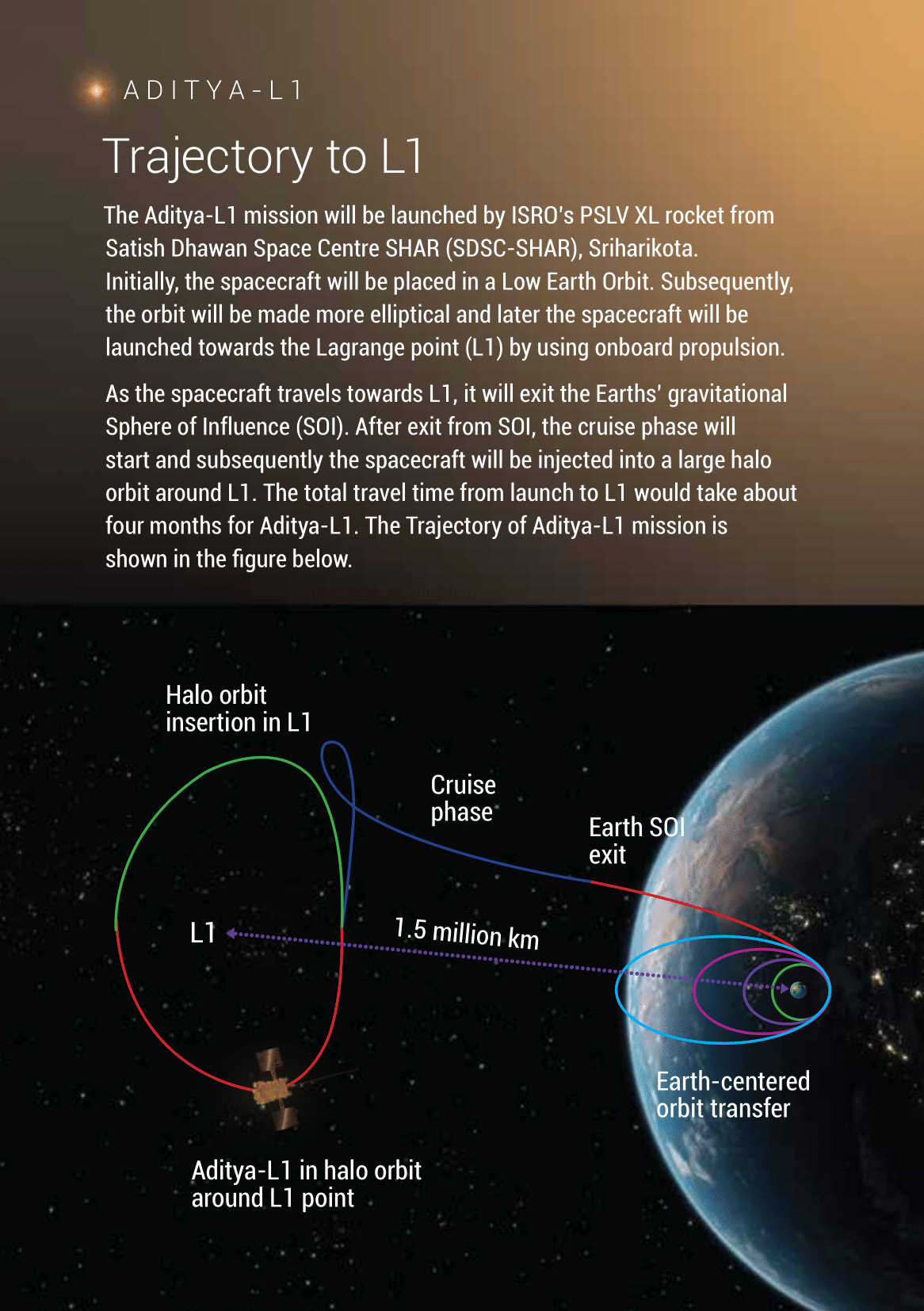
Payloads of Aditya-L1 Mission
- There are seven payloads on-board Aditya-L1 Mission, with four for remote sensing of the Sun and three for in-situ observation.
|
Payload |
Capability |
|
Remote Sensing Payloads |
|
| Visible Emission Line Corona-graph (VELC)
(Main Payload) |
Solar corona imaging |
| Solar Ultraviolet Imaging Telescope (SUIT) | UV imaging of solar photosphere & chromosphere |
| Solar Low Energy X-ray Spectrometer (SoLEXS) | Study X-ray flares |
|
In-situ Payloads |
|
| Aditya Solar wind Particle EXperiment (ASPEX) | Study the solar wind and energetic ions |
| Plasma Analyser Package for Aditya (PAPA) | Study the solar wind and energetic ions |
| Advanced Tri-axial High Resolution Digital Magnetometers | Study in-situ magnetic field |
{Prelims – Polity – IC – Misc – 2023/09/04} Article 371D of the Indian Constitution
- Context (TH): Article 371 D of IC is for safeguarding the rights of local students in education and employment, especially in Andhra Pradesh. It was inserted in the IC by the 32nd Amendment of 1973.
Local Quota System of AP
- Prior to the bifurcation of Andhra Pradesh, Telangana was known as the Osmania University region.
- The districts from Srikakulam to Prakasam were known as the Andhra University region.
- The Rayalaseema and Nellore districts were tagged under the Sri Venkateswara University region.
- Under the provisions of Article 371 D, 85% of seats in educational institutions were reserved for local students in these regions.

The Issue
- The teaching fraternity and the student community in AP fear the prospect of losing the ‘local quota’ in the educational institutions.
- Their fear stems from the fact that the Andhra Pradesh Reorganisation Act, which came into force in May 2014, is valid only for 10 years.
- That is the rules formulated before the bifurcation of AP will not hold after May 2024.
Andhra Pradesh Reorganisation Act of 2014
|
Local Quota vs. Article 371D
- An order by AP allowed the allocation of 120 medical seats in the “open category“ to students across the state in an SVIMS-run medical college. However, SC revoked it citing Article 371D.
{Prelims – World PIN – Europe – 2023/09/04} Ports: Reni and Ismail Ports
- Context (TH): Russia has targeted the Danube ports of Reni & Ismail. Both ports are near Romania.
- Reni port lies on the Danube River that separates Ukraine from Romania.







![PMF IAS Environment for UPSC 2022-23 [paperback] PMF IAS [Nov 30, 2021]…](https://pmfias.b-cdn.net/wp-content/uploads/2024/04/pmfiasenvironmentforupsc2022-23paperbackpmfiasnov302021.jpg)
